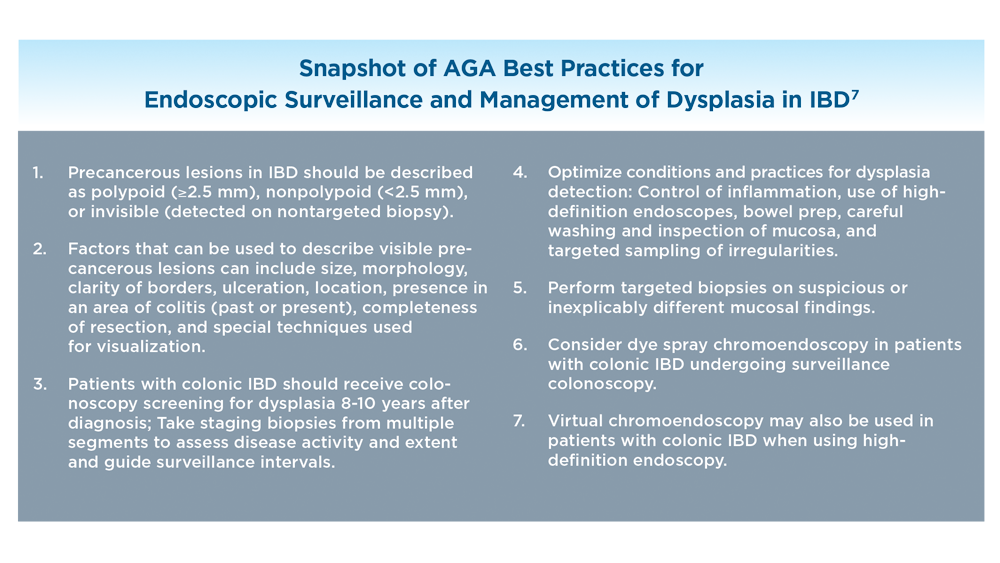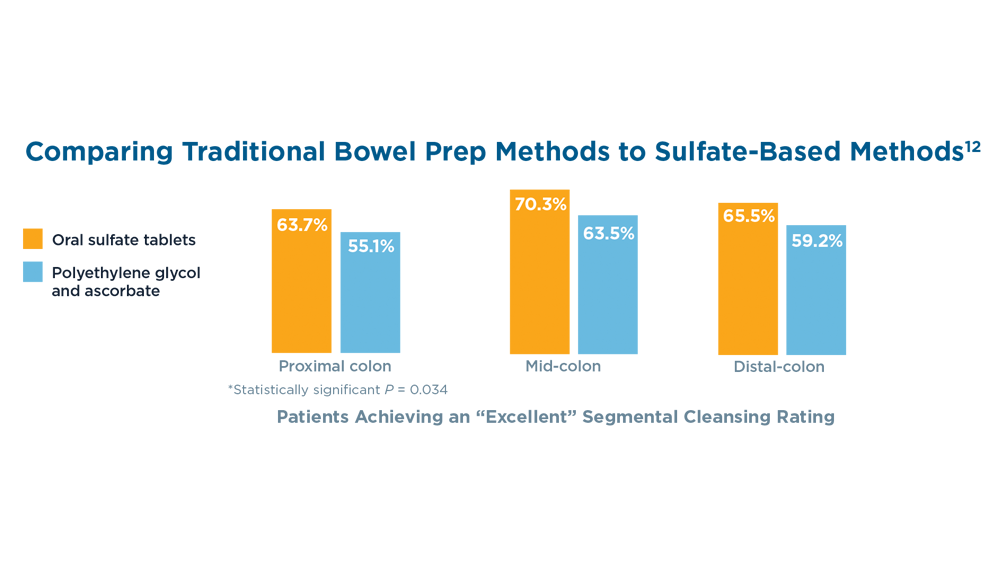Trends in Surveillance and Management of Dysplasia in IBD










The prevalence of IBD has nearly doubled worldwide since the early 1990s, with popularity of the Western diet and increased alcohol consumption both being implicated in this rise within the United States and other countries.1-3 IBD serves as an important risk factor for developing colorectal cancer (CRC); risk of CRC rises from 2% 10 years after developing ulcerative colitis to 18% after 30 years.4
Successful bowel prep and highly skilled endoscopists are just some of the factors that affect screening results for CRC in IBD.5,6 New technologies and drugs are changing
the treatment paradigm. Endoscopic technologies and biologics for mucosal healing have elicited this shift to a treat-to-target approach.7-9
Because IBD is occurring in younger populations, earlier targeted treatment of the inflamed state caused by IBD also has been emphasized.10 The earlier IBD is treated and put into remission, the less risk of CRC – with studies suggesting CRC rates for such patients may be comparable to that of the general population.11 As IBD prevalence increases across age groups, races and ethnicities, and geographical locations, gastroenterologists need to consider IBD as a feasible diagnosis and take action early on to mitigate their patients' risk of developing colon cancer.4,7
Click to view more from Gastroenterology Data Trends 2022.
,false





